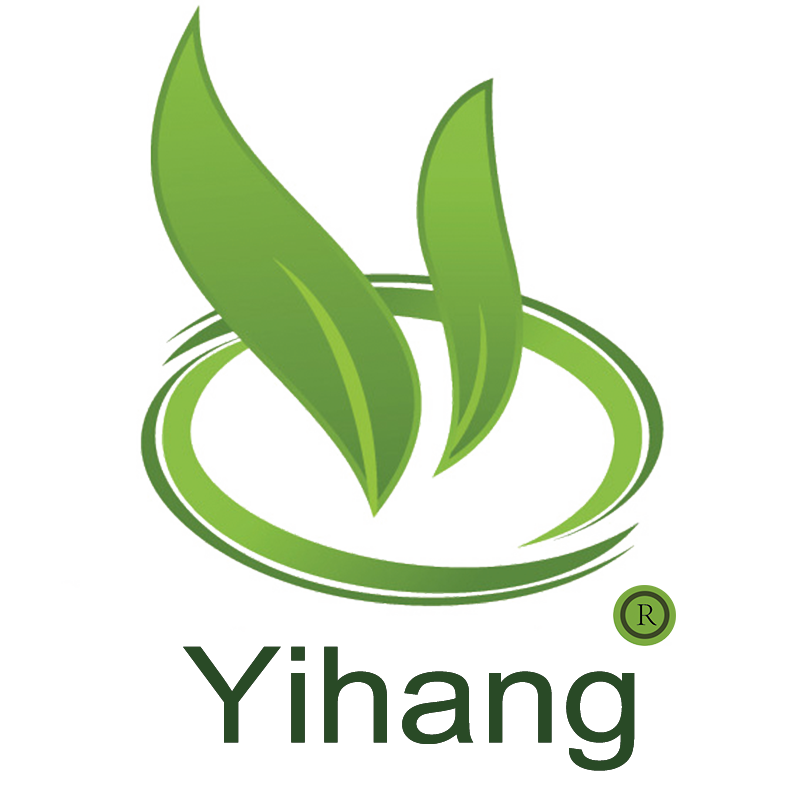Powder activated carbon and granular activated carbon: differences you should know
Fundamental Differences in Physical Structure
When it comes to activated carbon, one of the main ways to tell different types apart is by looking at their particle size. Powdered activated carbon, or PAC for short, is really fine. Its particles are usually less than 0.2 mm in diameter. It's so fine that it's like a dust. This makes it great for quickly soaking up substances in liquid. On the other hand, granular activated carbon, GAC, has particles that are bigger, ranging from 0.2 to 5 mm. These particles have an irregular, porous structure. This structure is perfect for gas filtration systems because it allows for longer contact times with the gas. The difference in size also affects how they behave in fluids. PAC floats around in a liquid solution, while GAC works best when it's set up in a fixed - bed reactor.


Operational Efficiency in Water Treatment Systems
Now that we know about the physical differences between PAC and GAC, let's see how they work in water treatment systems. Municipal water plants often have to decide whether to use PAC or GAC based on what kind of contaminants are in the water. PAC is really good in emergency situations when they need to quickly get rid of contaminants. For example, it's great at dealing with seasonal algal toxins or pharmaceutical residues that might suddenly show up in the water. It can spread out right away in the water, which helps with the removal process. GAC, on the other hand, is more of a long - term solution. It has permanent filtration beds that provide continuous protection. It's especially good at removing persistent organic compounds like pesticides. Some recent studies have shown that PAC can reduce volatile organic compounds (VOCs) by 85 - 92% in just 15 minutes. But GAC can achieve over 95% removal, though it takes a longer contact time, usually about 48 hours.

Cost Considerations Across Lifecycle Phases
We've seen how PAC and GAC perform in water treatment, but cost is also a big factor. When you first buy them, PAC is cheaper. It usually costs between $1.50 and $2.50 per kilogram, while GAC is more expensive, in the range of $3 to $5 per kilogram. But if you look at the whole lifecycle of using these activated carbons, the picture changes. GAC can be regenerated. In thermal reactivation systems, it can be used again 3 to 5 times. This can really cut down on long - term costs, especially for operations that run all the time. PAC, however, is a single - use product. So, it can be more cost - effective for batch processes where contamination events don't happen very often. When industrial users are thinking about which one to use, they have to consider things like how often they need to add the carbon, how much it costs to get rid of the waste, and if they need to set up any infrastructure for reactivating the carbon.
Industrial Application Specifics
Cost is important, but different industries also use PAC and GAC in different ways. In the food and beverage industry, PAC is often the go - to for decolorization. This is because in batch processing, it's easy to control how much PAC you add. In the petrochemical industry, GAC canisters are really useful. They're used in continuous vapor recovery systems. GAC can handle high - pressure conditions well because of its strong structure. In emerging applications like biogas purification, GAC can keep removing 98% of hydrogen sulfide (H2S) for 6 to 9 months. But if you use PAC in scrubber systems for biogas purification, you need to add it in small amounts every hour. So, the choice between PAC and GAC in industrial applications really depends on how continuous the process is and how much contamination there is.
Maintenance and Handling Requirements
We've covered how different industries use PAC and GAC, but there are also differences in how they need to be maintained and handled. GAC systems need a lot of infrastructure. You need pressure vessels to hold the GAC, backwash pumps to clean it, and thermal reactivators to bring back its effectiveness. This means you need a dedicated space in the plant for all this equipment, and you also need technicians who know how to use it. PAC applications, on the other hand, need precise slurry preparation systems with special injectors that won't get clogged. But the good thing is, you don't need to spend as much money on the equipment. Safety is also different for each. When working with PAC, you have to be careful about preventing dust explosions. With GAC, the main concern is stopping the particles from wearing down in the flow systems. And when it comes to getting rid of the used carbon, PAC needs to be dewatered before it can be thrown away, while GAC can be regenerated in a bulk process.

Selecting the Optimal Carbon Format
Maintenance and handling are important aspects, but how do you actually choose between PAC and GAC? Process engineers have to look at seven key things. First, they need to know what type of contaminants are in the water and how much of them there are. Second, they have to figure out how much of the contaminants need to be removed. Third, they need to consider how the flow rate of the water or gas changes. Fourth, they have to see how much time the carbon can be in contact with the contaminants. Fifth, they need to think about how they're going to get rid of the waste. Sixth, they have to work within their budget. And seventh, they need to consider how much space they have. If you have a batch operation where there are occasional spikes in contamination, PAC's flexibility makes it a good choice. But if you have a continuous process with a steady flow rate, GAC can give you a better return on investment. Some people are also starting to use hybrid systems. They use GAC for the regular, ongoing protection and have the ability to inject PAC when they have a high - demand period.

 EN
EN
























